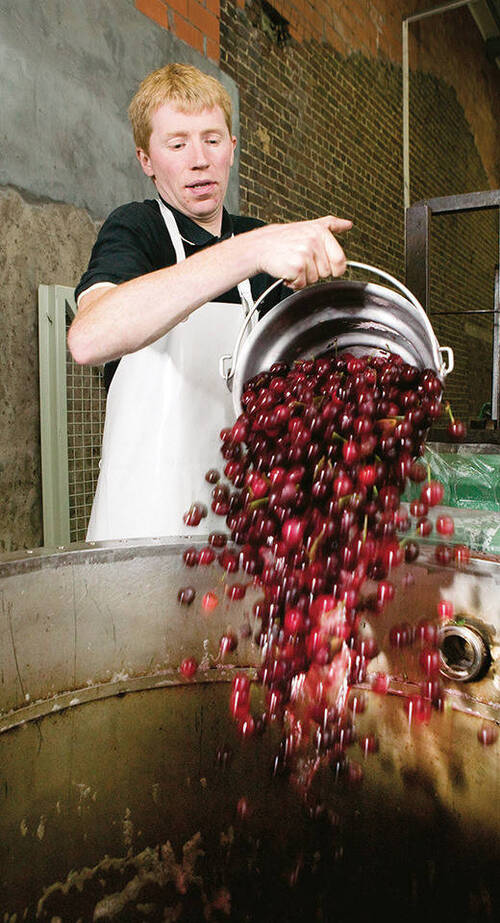Your shopping cart is empty
Flanders brewing culture
In the Middle Ages, given the geographical position of the Flanders, many abbeys specialised their know-how on the art of brewing. The first beers were flavoured using a mixture called "gruit" (herbs and spices). However, these did not keep long. Then, the hops made it to the Flanders in the 11thcentury and enabled beer to be preserved better. During the 14thcentury, brewers were forced to use hops to improve the quality of beer. This decree (Novus Modus Fermentandi Cerevisiam) was applied in most of Flanders, excepting only the western region of the Scheldt (the river that crosses Belgium), where the use of gruit was still allowed. This is the reason behind the diversification of the Belgian brewing culture.
The 17thcentury marked the beginning of the brewing of regional beers, such as brown beer in Oudenaarde, barley beer, and the Leuvense witte (white beer). As for the typical Flemish style, lambic, its discovery dates back to the 16thcentury. The brewers then exported their specialties outside their region.
In the centuries since, breweries have detached themselves from the abbeys, they have started to market pils-type beer, and knowledge of the brewing process has improved.
With the First World War, many breweries were closed and only half have survived. Then came the time of the big breweries to the detriment of microbreweries, many of which were forced to shut up shop.

